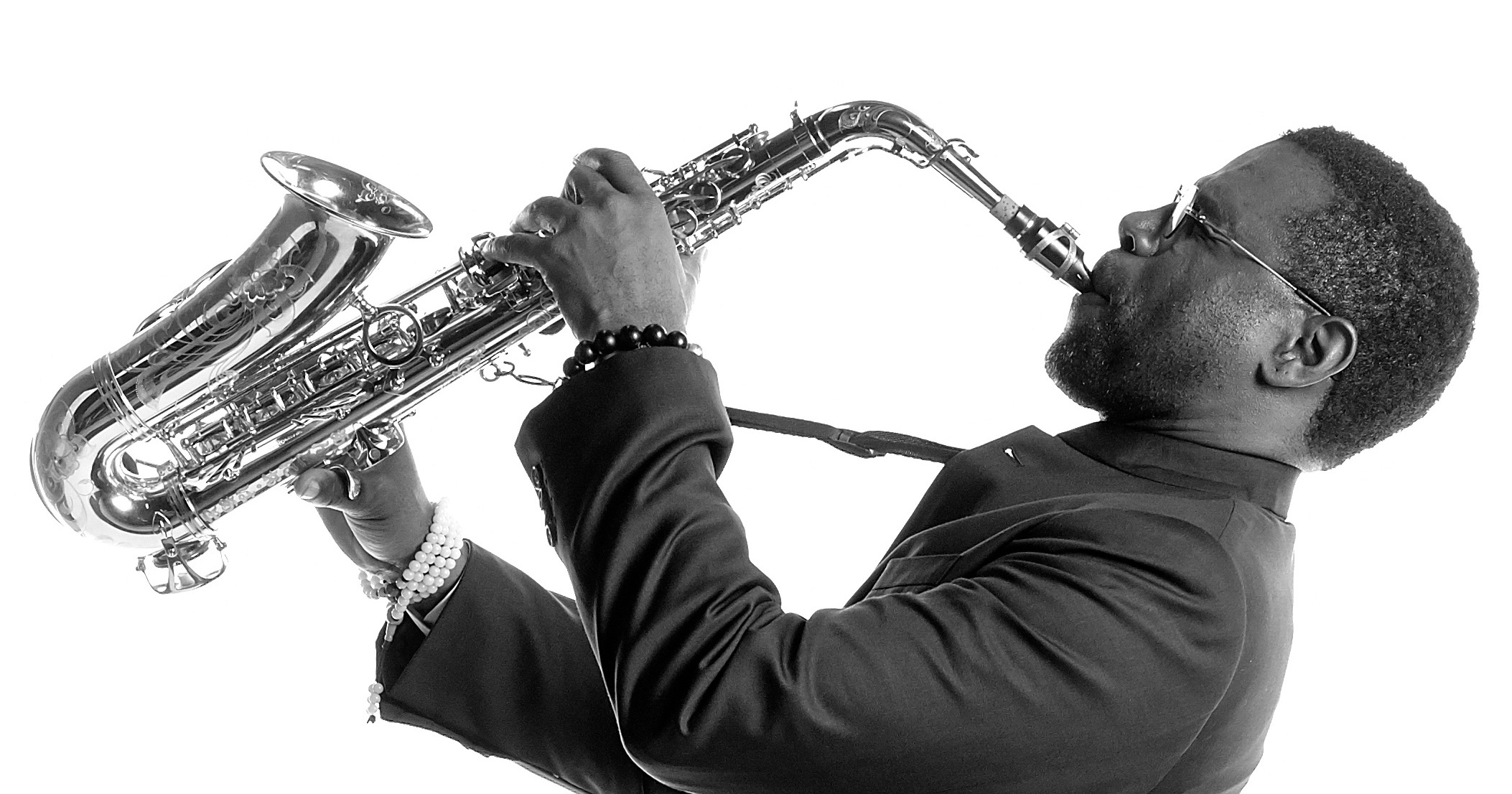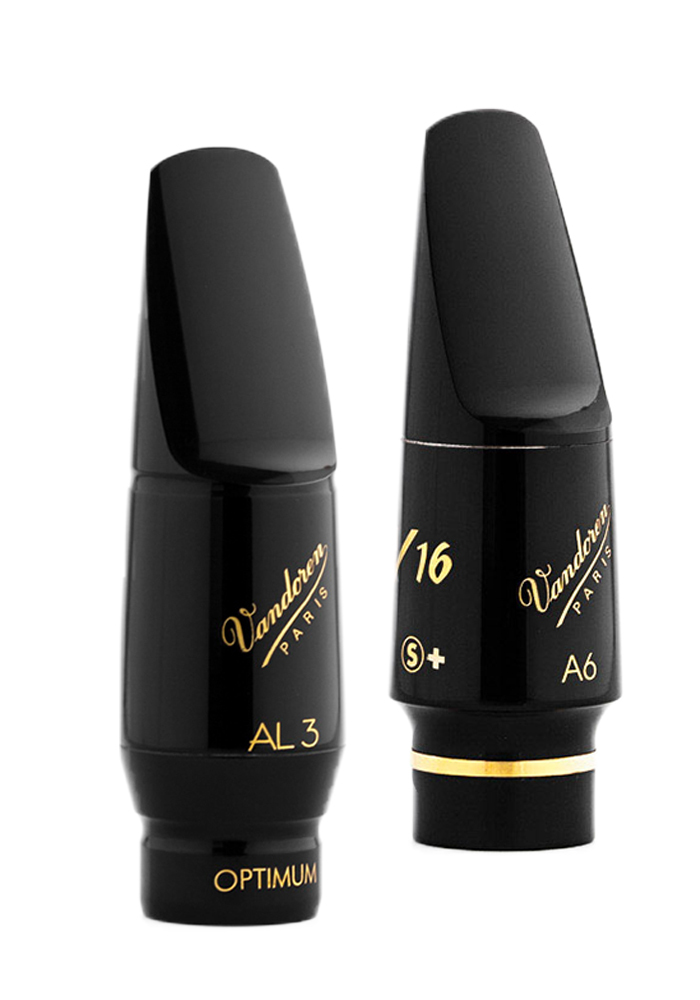Count Basie vs. Glazunov: Why Saxophonists Need a Jazz and Classical Mouthpiece
by Michael Fenoglio
Date Posted: May 04, 2016

Outside of your own body, of course, the mouthpiece (and reed) is where your sound begins. Your breath sets the reed in motion against the mouthpiece, generating vibrations and sound waves through your mouthpiece and into your horn. It is your first point of contact with your instrument and is the single most important piece of your setup. It has more influence on the quality of your sound than any other piece of equipment, even your horn. In order to set yourself up for the most success, a quality mouthpiece is simply a must-have. Depending on what genre(s) of music you play, you might even need more than one!
In this article I hope provide a better understanding of the differences between classical and jazz mouthpieces, explain how these differences can impact your performance, and help guide you and your students to a mouthpiece that you’ll love for years to come.
The Differences Between Classical and Jazz Saxophone Mouthpieces
Not unlike electric vs acoustic guitars, mouthpieces are designed with different styles of music in mind. Generally speaking this boils down to two different types of mouthpieces: classical and jazz.

Classical mouthpieces tend to have fairly closed tip openings, with low, flat baffles, and smaller chambers. All of these elements help you to produce a more rounded, focused, and pure sound. This makes it much easier to blend with more “mellow” sounding instruments like clarinets and flutes in a concert band or wind ensemble.
 Jazz mouthpieces on the other hand, tend to have more open tip openings, higher baffle designs, and larger chambers. They’re designed to allow more of the upper overtones and harmonics to come through in your sound, giving you that extra edge and projection that we’re accustomed to hearing in jazz, rock, and pop music. This is what helps you compete with high and loud brass sections in a big band, and fit in with amplified instruments like guitars or keyboards.
Jazz mouthpieces on the other hand, tend to have more open tip openings, higher baffle designs, and larger chambers. They’re designed to allow more of the upper overtones and harmonics to come through in your sound, giving you that extra edge and projection that we’re accustomed to hearing in jazz, rock, and pop music. This is what helps you compete with high and loud brass sections in a big band, and fit in with amplified instruments like guitars or keyboards.
The Importance of Having Multiple Mouthpieces
If you want to sound authentic and true to the style of music that you’re playing, you need to use the appropriate equipment. Often times this means having more than one mouthpiece. Just like you wouldn’t have much success playing the Glazunov Concerto on a V16 or a Meyer, your saxophone section won’t sound like Count Basie’s or Duke Ellington’s on an Optimum or a C* either. Without stylistically-appropriate equipment, you simply won’t be able to meet the full expectations of the music or your peers regardless of genre – jazz, classical, rock, or whatever it may be. For this reason, I recommend to all of my students that they have at least two mouthpieces – one for classical/concert band type music, and one for jazz or other types of “commercial” music. Fun fact: jazz mouthpieces sound great on the marching band field as well!
Finding the Right Mouthpiece
Finding the perfect mouthpiece is very personal. For students, nothing beats the guidance of a good teacher to help walk you through the trial process. They know where you’re at and what you need to accomplish and therefore can help you make the best choice. Ideally this will be a mouthpiece, or mouthpieces, that will enable you to sound your best in a variety of settings for years to come. Here are some personal recommendations that I’ve seen work well for my students over the years.

Optimum (left) and V16 (right)
Classical Alto: Optimum AL3. From beginners to professionals, this is Vandoren’s most popular saxophone mouthpiece. It offers a dark, round, and focused tone with easy response in all registers. The Optimum AL5 is a great choice for players that love the tone of the AL3, but prefer something a little more open, or for players that find themselves switching back and forth from more open jazz mouthpieces.
Jazz Alto: V16 A5 or A6. Power combined with flexibility makes V16s the perfect all-around jazz mouthpiece. Which chamber size you choose (Small or Medium) is a personal choice, although I generally recommend medium chambers to my students. In my opinion medium chambers add a little more depth and malleability to most people’s sound. That said, I also know many people that sound fantastic on small chamber mouthpieces, which produce a slightly more directional sound with incredible projection. In either case, the tip opening and facing of the A5 or A6 allows for easy response, making it a great fit for anyone new to jazz mouthpieces. Some people may prefer switching to something a little more open as they gain experience but by no means is this a necessity.
Classical Tenor: Optimum TL3. Like its alto counterpart, the TL3 offers a deep, round, and focused sound with easy and precise response. The TL4, the new TL5, and the V5 T20 are popular among more advanced players looking for more open facings.
Jazz Tenor: Ebonite V16 T6, or Java T45 or T55. As a whole, the V16 family is my go-to for a classic, versatile jazz sound. They offer a nice balance of power, flexibility, and warmth. But on tenor specifically, I’ve also seen many students and players find great success on a JAVA mouthpiece. Compared to V16s, JAVAs have a higher rollover baffle which gives you a little extra edge and projection. In any case the T6, T45, and T55 all respond easily which makes them good fits for people new to jazz mouthpieces. Again, some people may prefer switching to something more open as they gain experience but by no means is this a necessity. Everyone is different.
Classical Bari: Optimum BL3. The responsiveness and round tone of the BL3 has made it the standard classical baritone mouthpiece. While many professionals play this mouthpiece, it’s also the perfect choice for students that are new to Bari Sax.
Jazz Bari: V16 B5 or B7. The nice thing about the B5 is that with its warm sound, it can potentially cross over into concert bands as well. The B7 also has a nice warmth to it, but with a little more bite to the sound making it a great mouthpiece for big band.
I hope that this article has helped to further your knowledge on the different types of mouthpieces that may be relevant to your students’, or your own playing. For more in depth information on the subject please feel free to contact me at michaelf@dansr.com.
